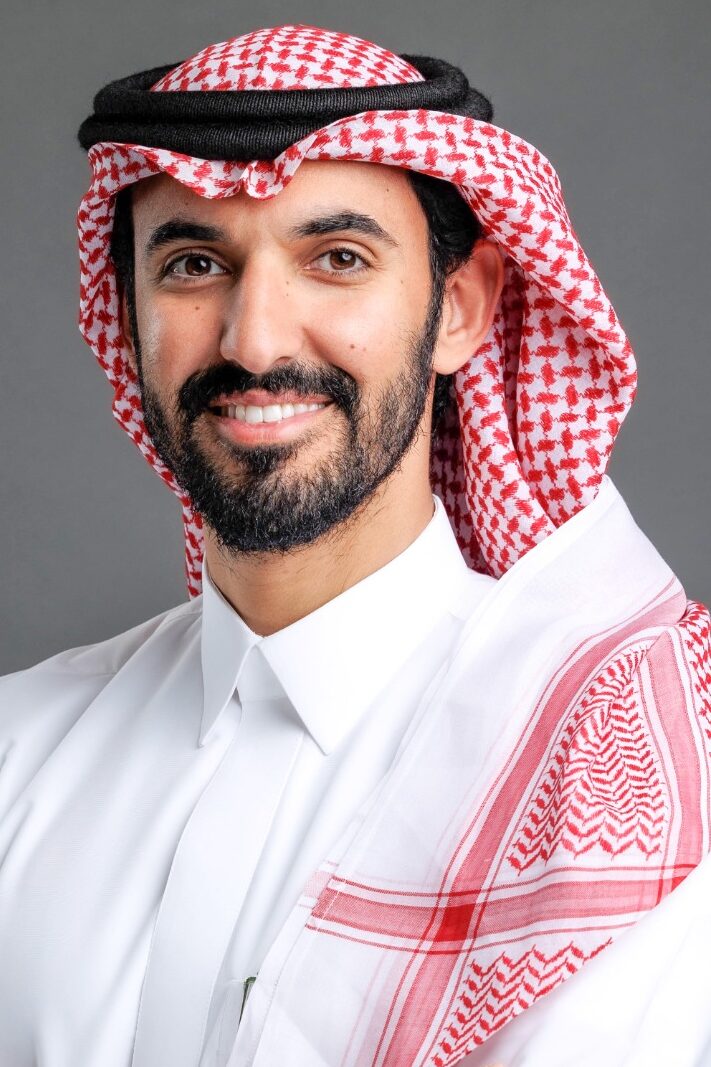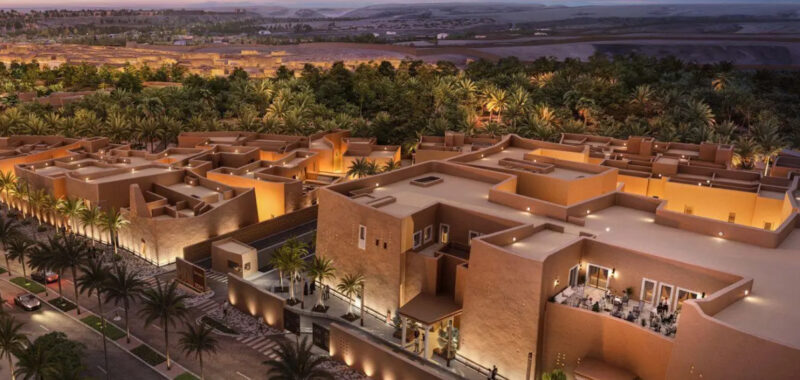Skift Take
Sure, Saudiâs aiming for a hefty 150 million tourists, but theyâre also looking to attract those high-value travelers while working to double tourismâs slice of the GDP pie by 2030. The real test? Seeing if all these efforts actually cash in (quite literally!) over the next few years.
In a year marked by regional instability and war, Saudi Arabia’s inbound arrivals have continued to grow.
“Saudi Arabia has been registering double-digit growth in inbound arrivals, quarter on quarter, and we are welcoming tourists by the day,” said Sultan Al Musallam, Saudiâs deputy minister of tourism for international affairs, who was speaking with Skift at the WTTC Global Summit in Perth.
âAs the numbers reflect, we’re growing from an inbound perspective,â Al Musallam said when asked about whether regional tensions have affected tourism arrivals.
The Next Phase of Strategy: Expanding Source Markets
Saudi Arabia’s tourism sector has experienced significant growth since launching its e-visa program, positioning the country as an emerging destination, he said.
The United Nations World Tourism Organization recently ranked Saudi Arabia as having the largest rise in international tourism numbers among G20 countries in the first seven months of 2024.
Saudi Arabia registered a 73% increase in the number of foreign tourists from the same period in 2019.
Musallam said, “We’re now embarking on the next phase of the strategy, focusing on expanding our source markets, ensuring strong connections with them, and making sure that we focus not just on the volume of tourists, but also the value that they bring.”

Vision 2030: Early Successes and Ambitious Goals
Saudi Arabia’s Vision 2030 plan initially aimed to attract 100 million visitors annually by 2030, and the goal has now been revised up to 150 million. The country announced that it has surpassed the goal of 100 million tourists in 2023, seven years ahead of schedule.
The deputy minister noted that Saudi Arabia is on track to receive between 30 and 32 million inbound tourists by the end of the year, with a substantial portion coming from Asia. âAsia already represents a big share of our inbound. Its share is about 20 million of the 27.4 million,â said Al Musallam.
Of course, a large part of that also includes the Gulf Cooperation Council (GCC) countries, but the kingdom’s strategic focus on countries like India and China has also been pivotal in driving this growth.
âThe middle income segment in India is booming. We’re quite keen and focused on expanding and unlocking that market. The other opportunity we see is in the rebound of the Chinese outbound market,â he said.
And expanding air connectivity has been crucial to Saudi Arabia’s tourism growth. At the start of 2024, there were no direct flights between Saudi Arabia and China. Now, four Chinese airlines connect the two countries, fostering a steady flow of tourists. âWe entered this year without any connectivity to China. Now we have four Chinese airlines connecting three different cities within China to Saudi Arabia,â said Al Musallam. The improved links are part of a broader effort to position Saudi Arabia as a year-round destination for Asian travelers.
âWe launched the Go Red campaign in China last year and we’re launching another one this month in Beijing to raise awareness about Saudi as a destination,â he said.
Focus on High-Value Tourism
Beyond raw numbers, Saudi Arabia is also placing greater emphasis on attracting high-value tourists. Al Musallam explained, âWeâre not after hitting 50 million or 60 million tourists if theyâre not going to bring the right value to the economy.â The strategy centers on boosting the GDP contribution of travel and tourism, aiming to double it from 5% to 10% by 2030.
This approach includes expanding luxury offerings along the Red Sea coast, such as the development of high-end resorts by Red Sea Global.
The deputy minister stressed the importance of balancing growth with quality. This means investing in infrastructure, hospitality, and cultural experiences that appeal to affluent travelers. He also highlighted the importance of building âholistic packagesâ that include luxury accommodations, top-tier dining, and entertainment options.
The different regions of Saudi offer diverse tourism experiences, with each area tailored to specific segments of travelers, the deputy minister said. For instance, Red Sea Global is developing luxury resorts â such as the Ritz-Carlton, Six Senses, and the upcoming Sindalah â to cater to high-end tourists.
âAt the same time, we are also developing other areas with mid-range options, including three- and four-star accommodations, primarily driven by private sector investment. Our role as the government is to create a comprehensive master plan, covering key developments while incentivizing private sector participation through initiatives like the Tourism Development Fund,â he said.
A Multilateral Approach to Regional Tourism
Saudi Arabiaâs tourism strategy also emphasizes regional partnerships. The kingdom is working with neighboring GCC countries to create multi-destination packages that attract tourists from key source markets like India and China.
This regional collaboration is central to Saudi Arabiaâs âWelcome to Arabiaâ branding, which highlights the shared cultural heritage of the region. âWe are already in talks with the UAE, Qatar, Bahrain, Oman, and Jordan… to ensure that a multi-destination package is appealing to tourists,â Al Musallam shared.
Al Musallam said the GCC Unified Visa is currently in progress, having received approval and endorsement from the GCC leaders. âThis is now being reviewed by the interior ministries of each member country. While the timeline for its rollout depends on the ministries, we hope it gets done as soon as possible,â he said.

